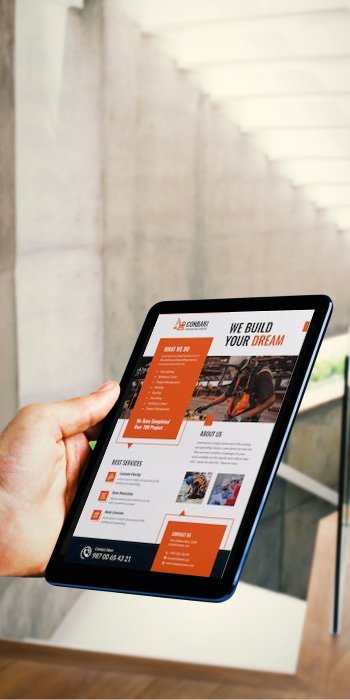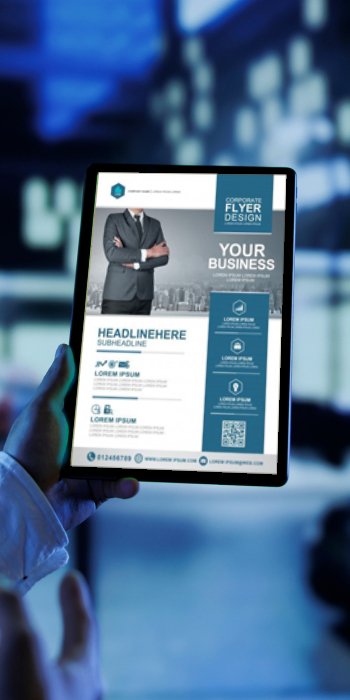 Loading Please Wait...
Loading Please Wait... Loading Please Wait...
Loading Please Wait...Smart Signage Systems use digital displays to deliver dynamic, real-time content.


Smart Signage Systems are digital display solutions designed to deliver real-time, dynamic content to engage and inform audiences. These systems are used in various environments, including retail stores, corporate offices, transportation hubs, and public spaces. They can display anything from advertisements and announcements to important information like schedules and directions.
Smart signage is often integrated with data analytics and remote management tools, allowing businesses to update content instantly and tailor it to specific audiences. With the ability to enhance customer experience and improve communication, smart signage is a powerful tool for businesses looking to stay relevant in the digital age.
Transforming Digital Communication for Modern Spaces
A Smart Signage System is a network of digital screens controlled remotely to display dynamic content such as promotions, information, or announcements in real-time.
Smart signage offers advanced features like AI integration, real-time updates, interactivity, audience targeting, and cloud-based management, making it more responsive and efficient.
It’s widely used in retail stores, corporate offices, airports, hotels, hospitals, schools, and public transportation hubs.
Yes. Cloud-based platforms allow centralized control of all screens, no matter where they are located.
You can display videos, images, scrolling text, social media feeds, weather updates, news tickers, and even interactive touch-based content.
Absolutely. Content, screen layout, schedule, and branding elements can be fully customized to suit your business needs.
Yes, most systems allow you to schedule content by time, day, or event to automate your messaging.
Many systems offer touch capabilities for wayfinding, product browsing, check-in kiosks, and other interactive features.
While many features are enhanced with internet access, some signage systems also offer offline content playback.
Yes. Advanced signage systems include analytics tools that track content engagement, screen uptime, and audience demographics (via sensors or cameras).
Leading solutions use encrypted data transmission, secure cloud access, and user authentication to ensure data and content security.
Smart signage requires minimal maintenance, mainly involving periodic software updates, hardware checks, and content refreshing.
Smart Signage System screens display real-time, dynamic content to engage audiences and convey important information.





